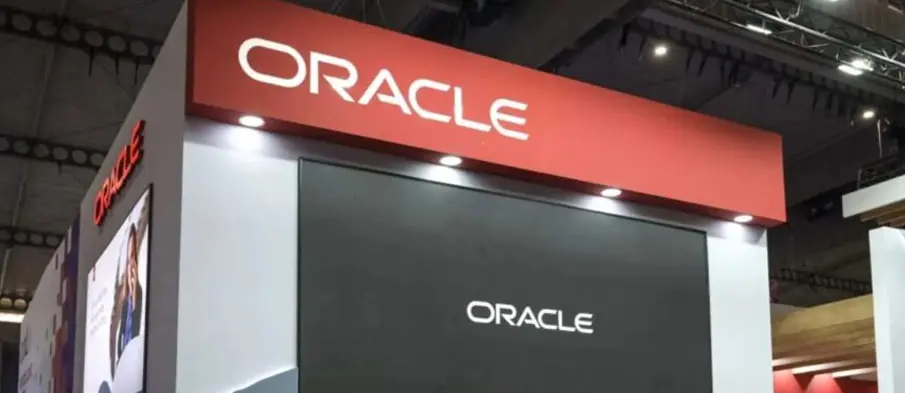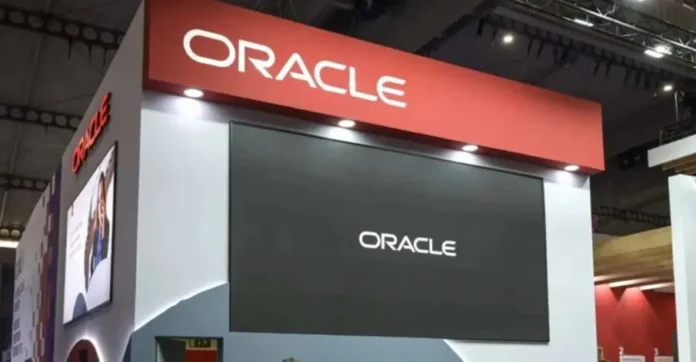
OpenAI has signed a landmark $300 billion cloud agreement with Oracle, one of the largest technology infrastructure deals ever announced. Starting in 2027, Oracle will deliver 4.5 gigawatts of computing capacity—a scale “comparable to powering four million homes or two Hoover Dams.” For OpenAI, which currently reports around $10 billion in annual revenue, this commitment signals an aggressive long-term bet on scaling AI development and deployment.
The impact on Oracle has been immediate and dramatic. Following the announcement, Oracle’s stock price jumped nearly 43%, its biggest single-day surge since 1992. The rally added more than $100 billion to Chairman Larry Ellison’s net worth, briefly making him the richest person in the world—overtaking Elon Musk and Jeff Bezos in global wealth rankings. Analysts say the deal positions Oracle as a formidable player in the cloud market, intensifying competition with Microsoft Azure, Amazon Web Services, and Google Cloud.
Despite the historic scale, the partnership carries significant risks for both sides. For OpenAI, committing to hundreds of billions in infrastructure spending represents a financial leap far beyond its current revenue base, potentially increasing pressure to accelerate monetization of its AI models and services. For Oracle, the challenge lies in delivering the promised capacity, which may require massive capital expenditures and potential debt financing to build and maintain the necessary infrastructure.
The agreement is closely tied to “Stargate,” a sweeping AI infrastructure initiative supported by Oracle, SoftBank, and other investors. The project is aimed at powering the next generation of frontier AI systems, reflecting how infrastructure has become the critical bottleneck in the AI arms race.
Ultimately, the OpenAI-Oracle deal is not just a business agreement—it is a statement about the future of AI, signaling that the race to build increasingly powerful AI systems will depend as much on access to energy and compute as on breakthroughs in algorithms. This unprecedented partnership sets the stage for a new era of AI development, with infrastructure becoming the central competitive battlefield.





